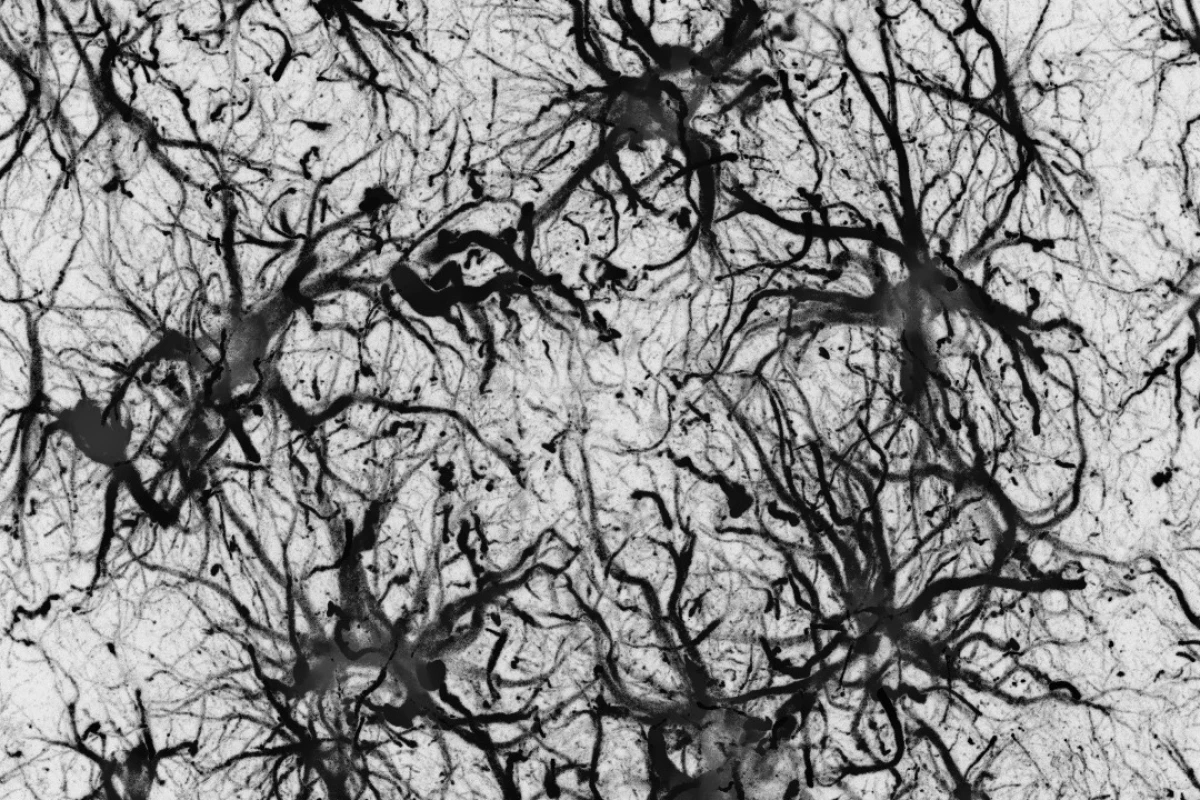Researchers have been discovering moreand more about Alzheimer's disease, and some significant progress hasbeen made in bettering our understanding of the degenerativecondition. Now researchers from Lund University in Sweden have sheda little more light on the disease, finding that an excessive buildup of amyloid beta isn't solely linked to hereditory factors. The work could lead to more targeted treatment plans fortackling the disease.
Breakthroughs in our understanding ofAlzheimer's occur on a seemingly daily basis, with recent studiesexamining the mechanism by which brain connections are destroyed in the early stages of the disease, looking to non-invasive ultrasound treatments to combat it, and much more. Despite the pace of progress,there's still a huge amount we don't yet understand about thedisease. The new study looked specifically at amyloid beta build up,which leads to an accumulation of plaques, inhibiting nerve functionand impairing patient memory.
A relatively small percentage ofAlzheimer's sufferers have a hereditary risk gene that causes amyloidbeta to be overproduced in the brain, directly leading to thecondition. In all other cases, the plaque buildup has beenattributed to problems with breaking down and remove amyloid beta,rather than the body producing too much of it in the first place. Theresults of the new study challenge that view, revealing a morecomplex picture of amyloid beta's role in the condition.
The new study involved 330 people, withone group suffering from a mild cognitive disorder that can be anearly sign of Alzheimer's, and a second control group of healthyindividuals. Three different methods were used to test participants,with the researchers using a PET scanner, performing genetic analysisand taking cerebrospinal fluid samples.
The results showed an associationbetween an accumulation of amyloid beta in the brain and high levelsof specific amyloid peptides in the cerebrospinal fluid. According tothe researchers, the link shows that overproduction of amyloid beta,rather than just problems with disposing of it, can contribute todevelopment of Alzheimer's in patients, even if they don't have thehereditary risk gene. In those cases, its thought to be a two stageproblem, with the patient producing too much of the protein, whilealso having problems breaking it down.
That knowledge represents yet another piece of the puzzle, helping us to build a more complete picture of the disease. In the long run, the researchers believe that it could help in the development of new treatments.
"The results are important becausethey increase the understanding of how Alzheimer's disease arises,"said Lund University's Oskar Hansson. "Our hope is that this andother similar studies can increase the possibilities of personalizingtreatments that slow down the disease in the future."
The findings of the research werepublished in the journal Nature.
Source: Lund University




